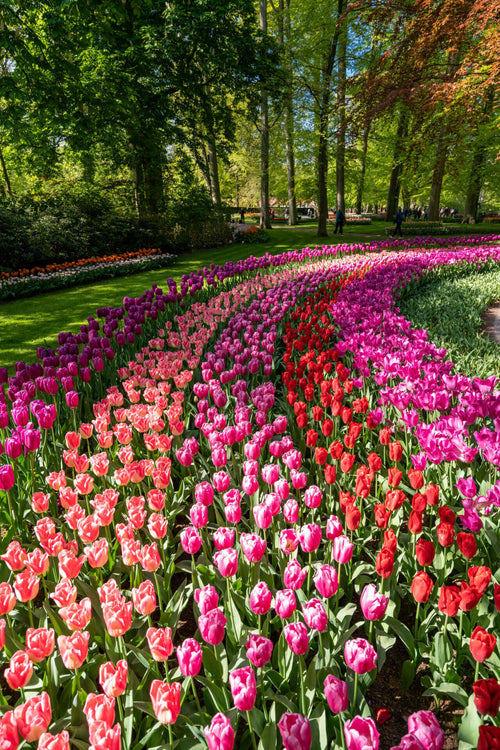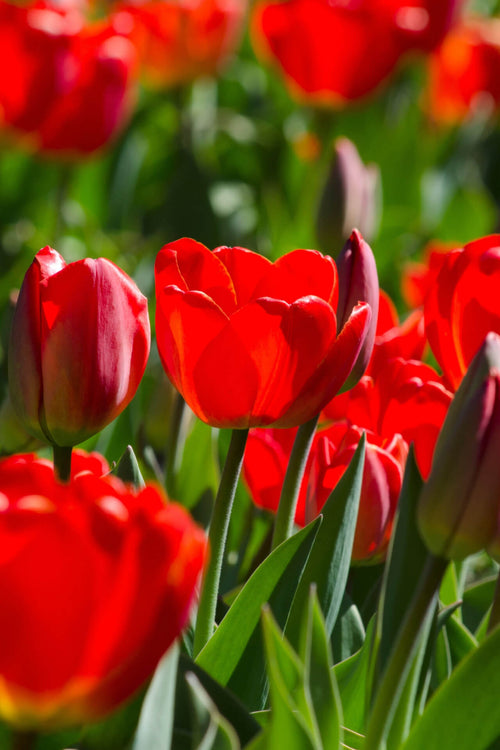A red tulip is a fragrant flower that is commonly grown worldwide.
The life span of this plant ranges from 3–8 years. Red tulips flower in the spring and summer months. The scientific name for red tulips is Tulipa Scarlet Majesty. There are 27 varieties of red tulips.
How Do You Take Care Of Red Tulips (Seadov)? Red tulips need well-draining soil that is rich in organic matter. Keep them watered throughout the growing season.
How Much Sunlight Can A Red Tulip (Seadov)Take? Red tulips will grow fine with 4 hours of sunlight per day or more than 6 hours if the container is grown indoors and placed near a south-facing window. If planted outdoors, they need at least 6 hours of sunlight per day as long as it is not too hot outside (above 80 degrees F).
Do Red Tulips (Seadov) Back-Up Every Year?
Yes, red tulips (Seadov) will back up yearly if you take care of them properly. If you do not care for them appropriately, they will not bloom.
What Does A Red Tulip (Seadov) Look Like? Red tulips (Seadov) can come in many different shades. The most common is a deep blood-red color, but lighter shades of pink and orange are also available. The colors will vary yearly depending on when your tulips bloom in relation to the weather conditions during their growth period.
Where Do Red Tulips (Seadov) Grow? Red tulips grow throughout Europe and North America. They are also cultivated in South Africa, Australia and New Zealand. In the US, they grow in Oregon and Washington state. What
Are The Environments In Which Red Tulips (Seadov) Grow In? Red tulips are very adaptable to different environments. They can be grown indoors or out as long as they receive enough sunlight and water. They prefer low-humidity environments with temperatures between 60 and 70 degrees Fahrenheit (15-21 Celsius).
Are Red Tulips (Seadov)Toxic? Red tulips are not toxic to humans or animals if ingested; however, some varieties may cause skin irritation if touched or mishandled.
How Do You Grow A Red Tulip (Seadov)? You can grow a red tulip from seeds or bulbs. If you want to grow red tulips from seed, plant them in pots 1-2 inches deep and keep them watered until they sprout. Once your seeds have sprouted, transplant them into a bed where they can grow for at least two years before taking them indoors for the winter months.
How Do You Care For Red Tulips (Seadov)? Red Tulips (Seadov) require very little care once planted in your garden or flower bed. You will only need to water them once or twice per week, depending on how hot or dry it gets outside over the summer months.
How Did Red Tulips (Seadov) Get Their Name?
Red tulips are called Seadov (or Sele De Vie) in Russia. They were named after a Russian merchant who bought red tulips from Holland in 1793. He was so impressed by them that he decided to name them after himself.




















































